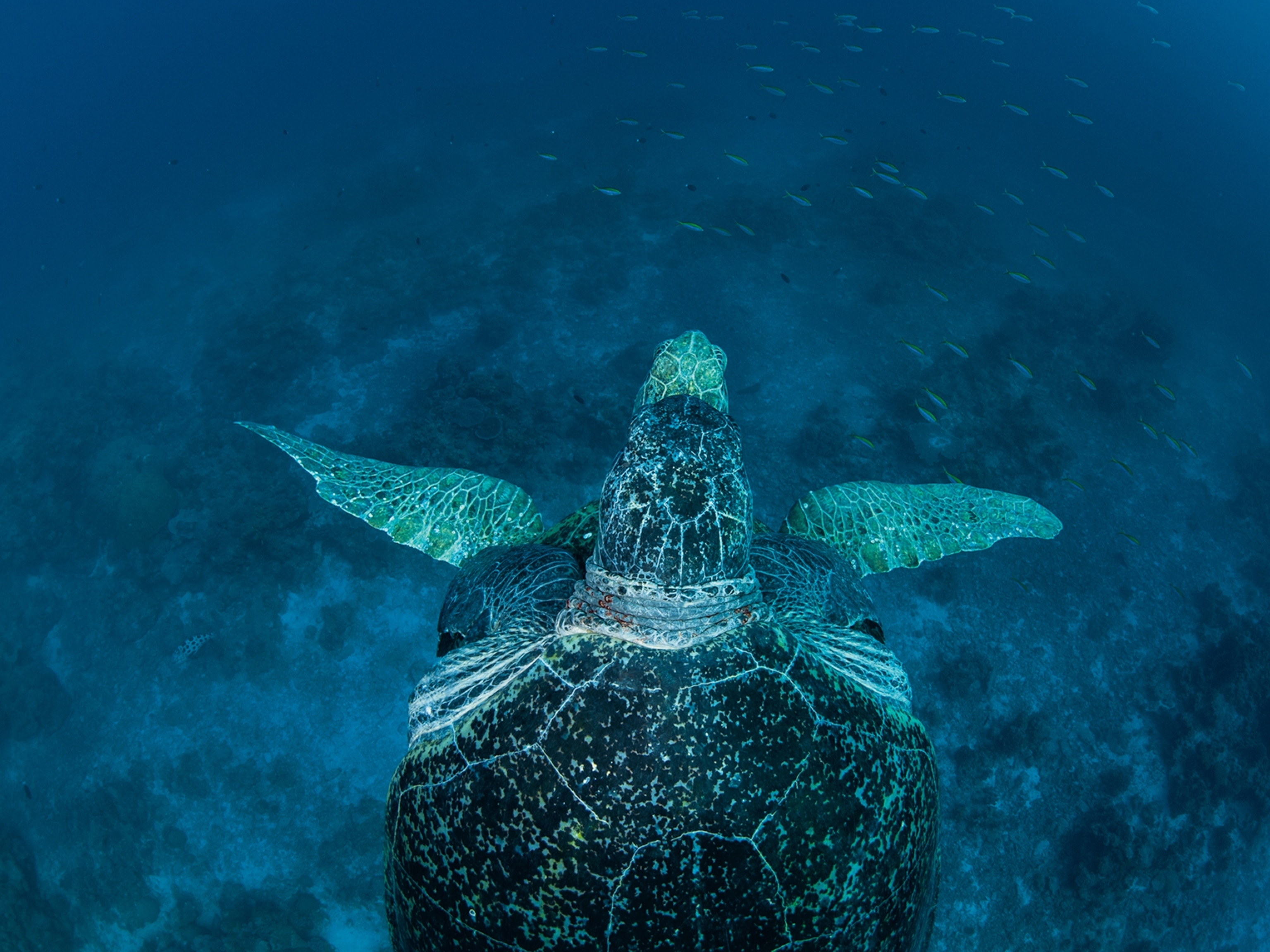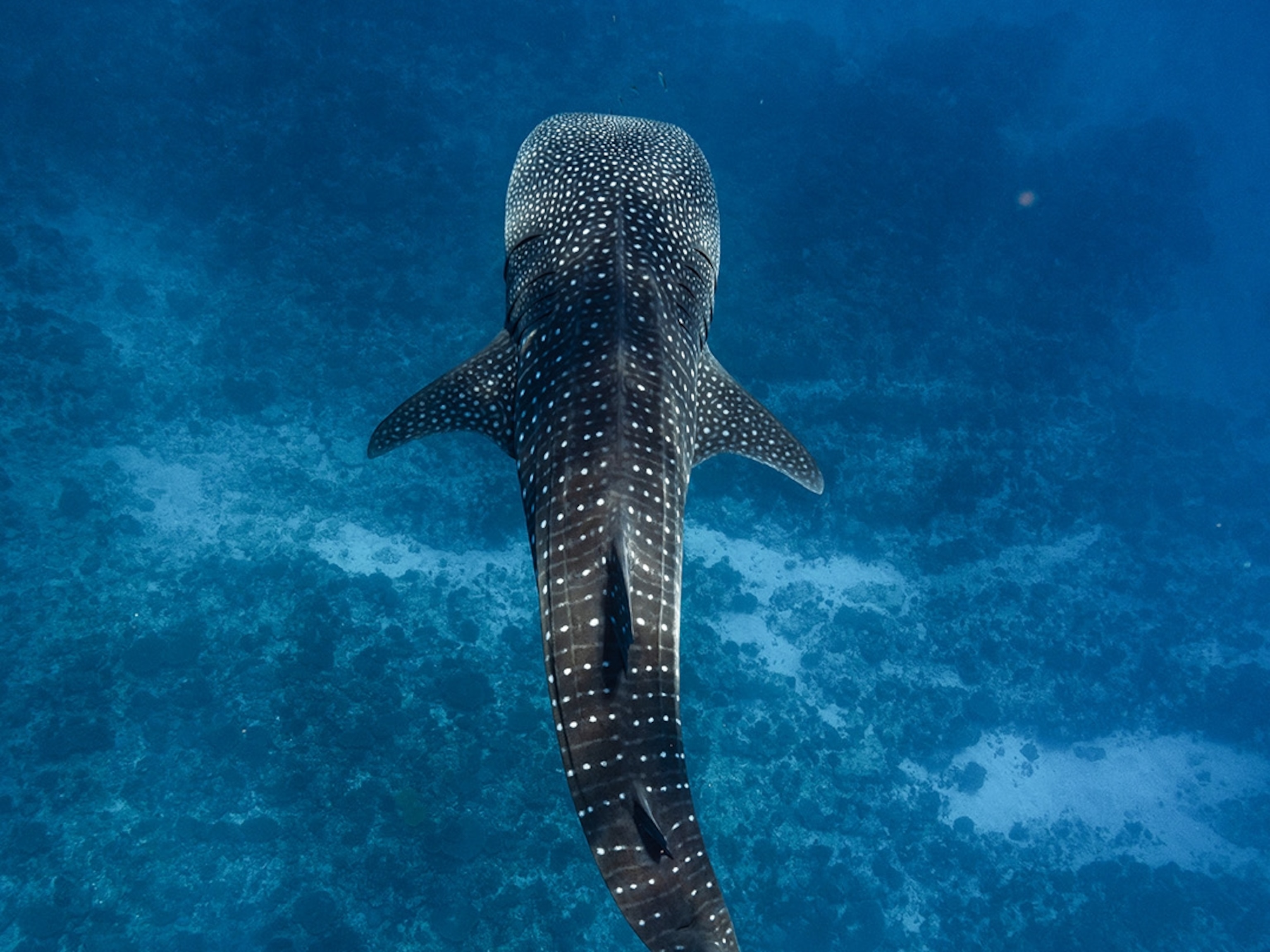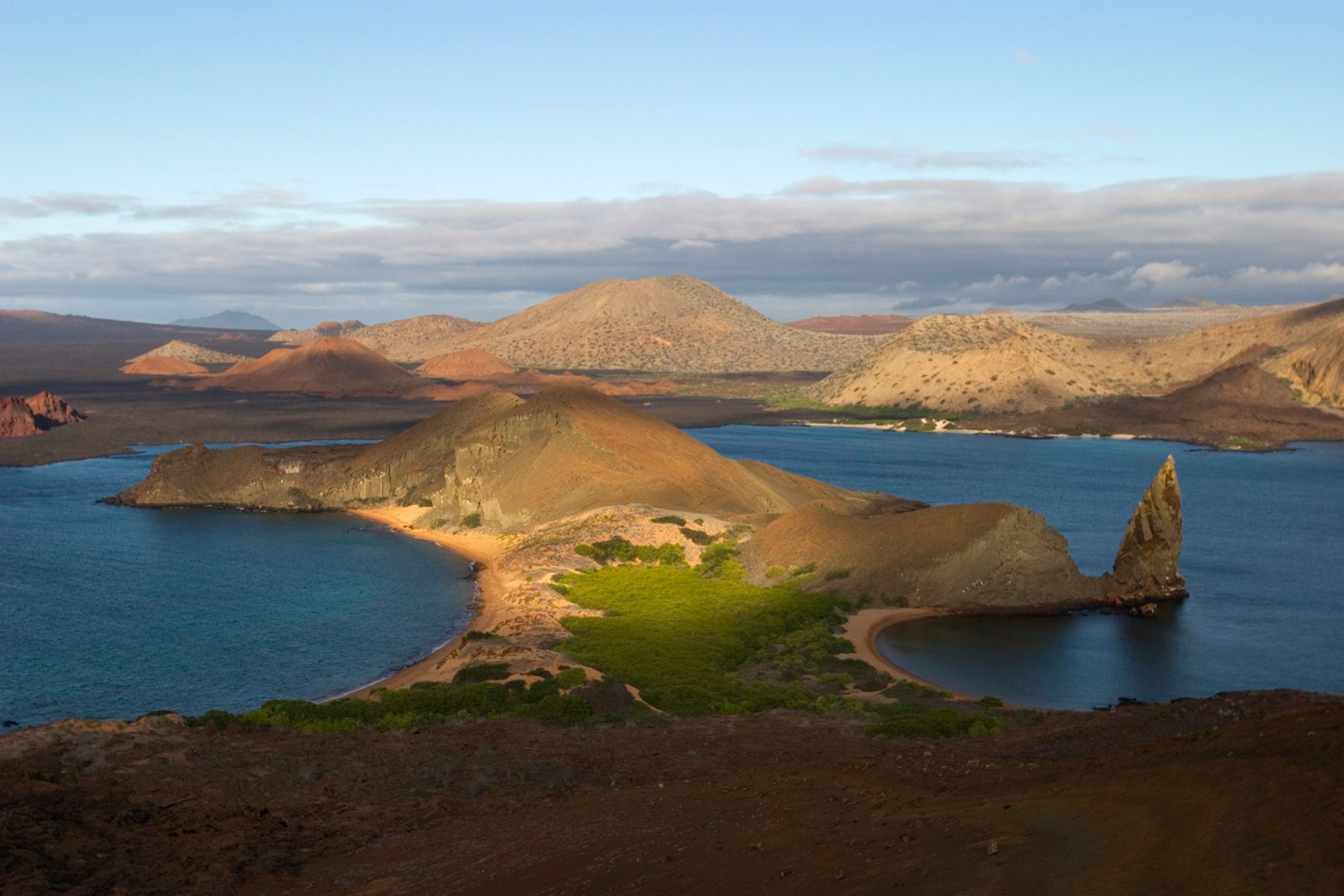
Three Nations Create Giant Reserves for Ocean Life
Meeting in the Galápagos, the presidents of Ecuador, Costa Rica, and Colombia announce historic protections to safeguard sea turtles, sharks, and a variety of other creatures off their coasts.
Concern over a worldwide decline in marine life prompted the presidents of Ecuador, Colombia, and Costa Rica to announce agreements Friday to increase protection of some of the most biodiverse ocean waters.
The agreements bring the marine reserves off the three nations to 83,600 square miles. Ecuador and Costa Rica also agreed to delineate the boundaries of their national waters, exchanging nautical charts in a step toward protecting the underwater “highways” used by sharks, sea turtles, and other migrating marine life.

"These three countries share marine resources and thus have responsibility for managing them sustainably…We have the unique and urgent opportunity to allow future generations to enjoy an ocean as rich as the Pacific," said Ecuador President Rafael Correa as he and the two other presidents gathered in the Galápagos, which inspired Charles Darwin’s revolutionary ideas about biology and evolution.
The actions expand protections in three UNESCO World Heritage Sites: Cocos, Malpelo, and Galápagos.
Colombia President Juan Manuel Santos pledged to more than double the size of the Malpelo Flora and Fauna Sanctuary 300 miles from the mainland’s coast. Already one of the largest no-fishing zones in the region, the sanctuary, now more than 10,000 square miles, hosts one of the world's largest aggregations of sharks.
"This is important to protect our jewels. If there is something that Colombia has, it's a richness in flora, fauna, and biodiversity. An important part of that richness is in Malpelo," Santos said.
Costa Rica President Luis Guillermo Solís committed to expanding Cocos Island National Park by nearly 4,000 square miles. That will nearly quadruple the area where fishing is restricted in an effort to safeguard white-tip sharks, whale sharks, and hammerhead sharks.
"This is an historic moment – the first time that three presidents got together to expand protections in their neighboring waters," said Enric Sala, a National Geographic Explorer-in-Residence who has led scientists and filmmakers investigating the waters around the Galápagos.
Currently around three percent of ocean waters worldwide are protected in marine reserves; fishing is banned in about half of these waters. Ecuador, Colombia, and Costa Rica have pledged to meet a United Nations target of protecting 10 percent of the world's oceans by 2020.
Today’s announcements add to a series of recent actions designed to safeguard whales, sharks, sea turtles, tuna, and other creatures off the coasts of Central and South America. A new marine sanctuary created in March around Wolf and Darwin islands protects roughly one-third of the waters of the Galápagos from fishing and other extractive industries. Scientific studies conducted last year found that these waters host the world’s highest known abundance of sharks, from migratory hammerheads to reef sharks.
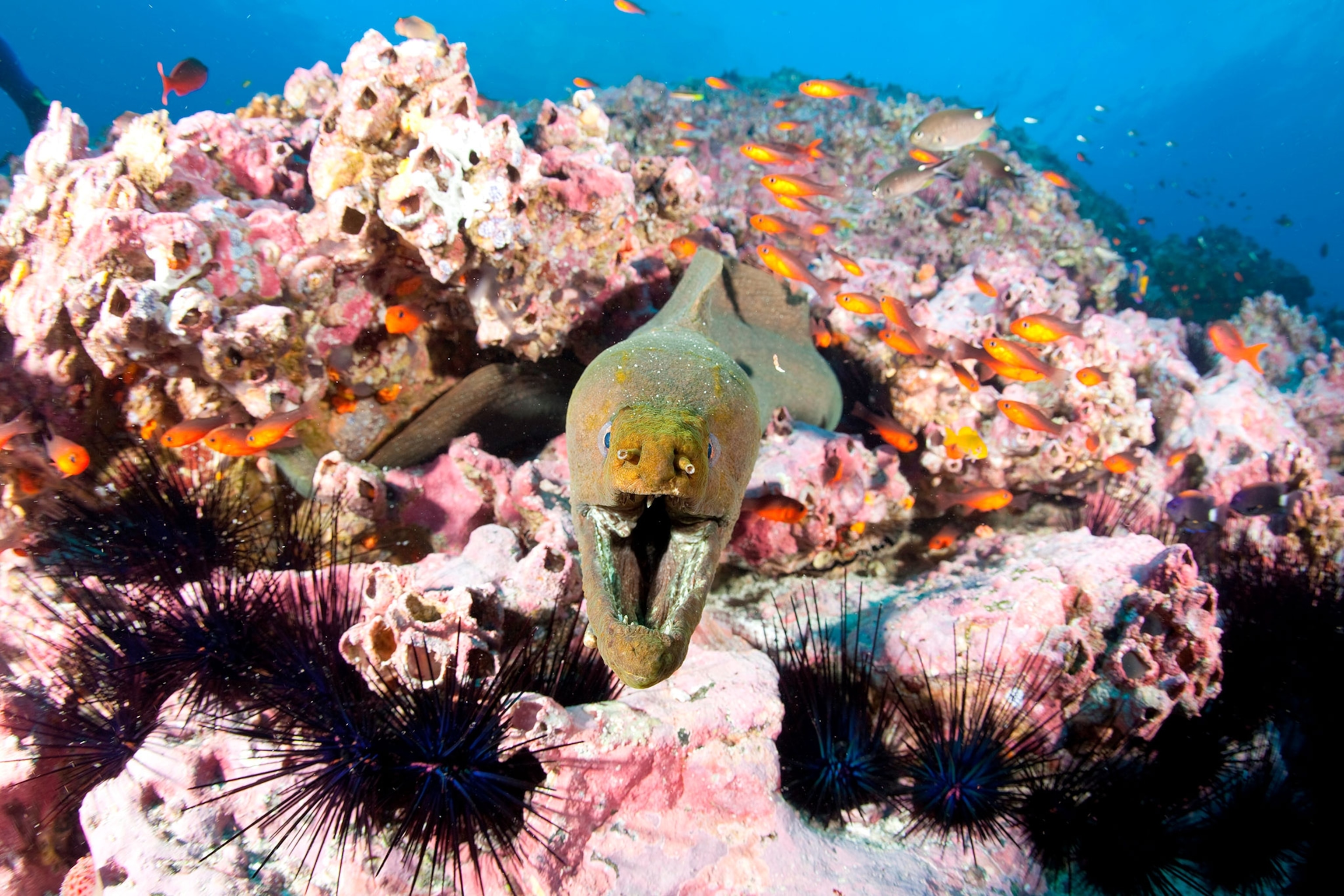
While technology today should allow monitoring by remote surveillance, the key to success of the reserves is the political will to arrest and prosecute poachers. Sala says he was encouraged by the three heads of state's "concrete actions," which demonstrate "a real commitment to work together to protect their biological corridors."
Fish biomass around Wolf and Darwin averages 17.5 tons per hectare – twice as high as the second highest known area worldwide, Costa Rica's Cocos Island National Park, says Sala, who conducted the Pristine Seas expedition with Pelayo Salinas of the Charles Darwin Research Station. (Read more about Pristine Seas.)
Protections already are in place at the Galápagos Marine Reserve, 51,000 square miles of water surrounding the archipelago, which was listed in 1998 as a World Heritage Site.
Under the new boundary maps, Ecuador's marine territory now is more than five times larger than its continental territory, Correa says.
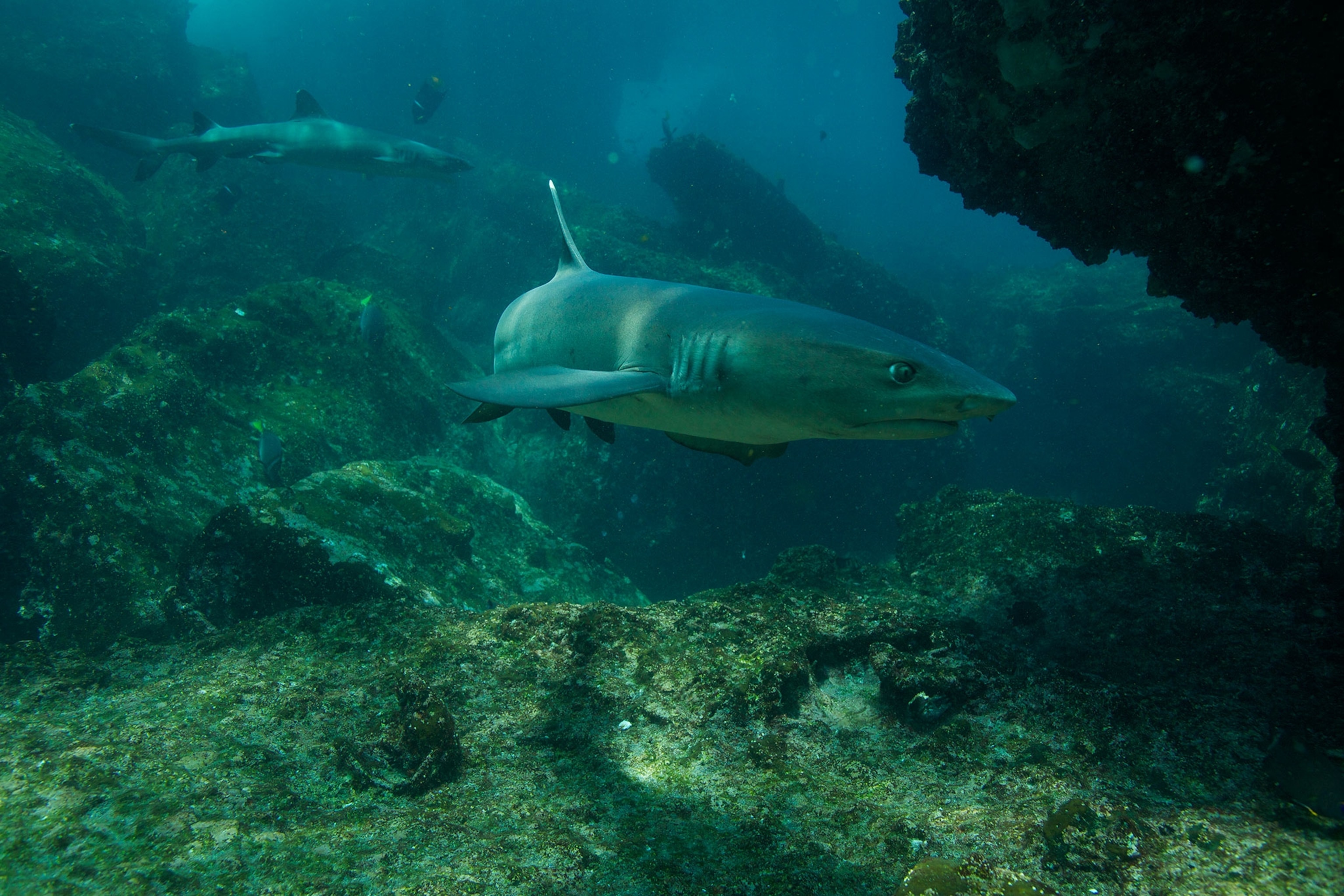
In 2003 the three nations and Panama joined with the UNESCO World Heritage Centre and other international organizations to form the Eastern Tropical Pacific Seascape, covering 750,000 square miles of ocean.The Seascape, which helps link marine protected areas in Panama and Colombia, safeguards an important migratory route for the endangered blue whale and protects one of the last remaining nesting grounds in the Eastern Pacific of the critically endangered leatherback turtle. Scientists have found that sharks navigate along a ridge from Cocos in the north to Galápagos in the south. Once they leave the protected areas, they are vulnerable to intense fishing along this ridge.
The announcements followed Thursday night’s premier of Wild Galápagos: Pristine Seas, a National Geographic documentary, which was shown at an event attended by the three presidents that included time aboard the ship National Geographic Endeavour.


